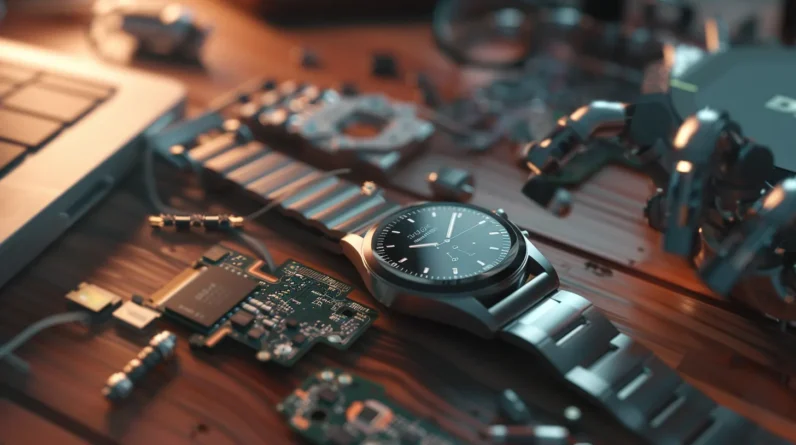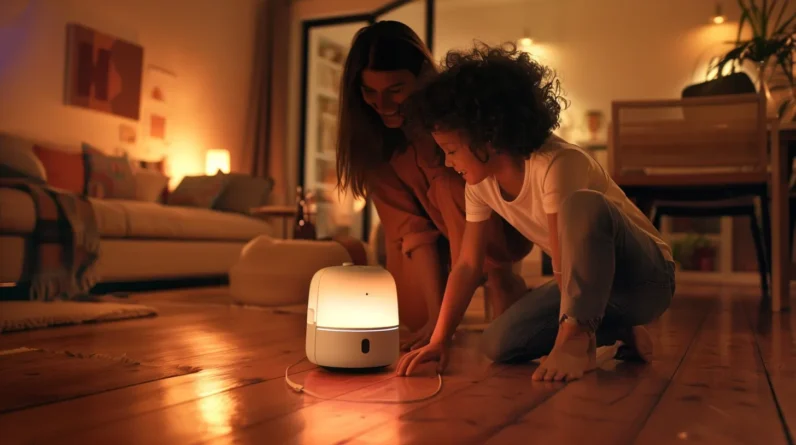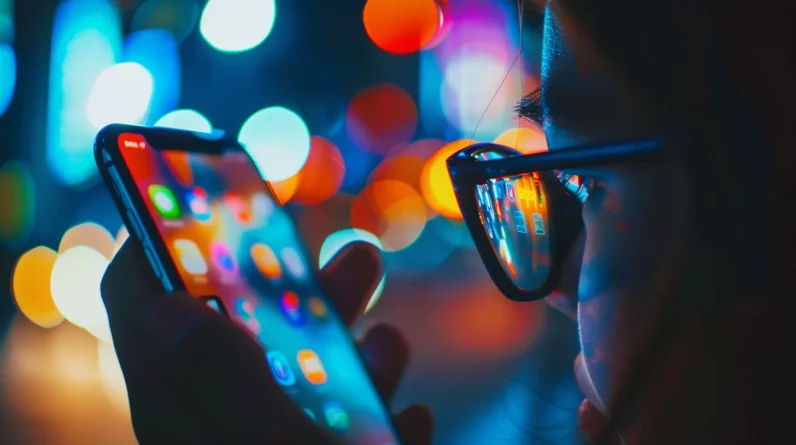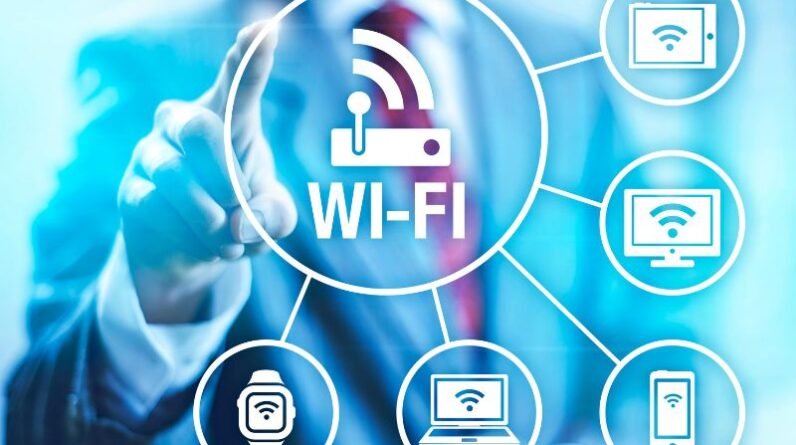
Next-gen sensors are transforming smart devices, offering unprecedented capabilities and user experiences. We’re seeing NEMS, quantum, and neuromorphic sensors push the boundaries of sensitivity and efficiency. These innovations enhance our interactions through advanced haptics, gesture recognition, and biometrics. They’re also making our devices more environmentally aware, with real-time monitoring of air quality and energy consumption. In health and fitness, biometric sensors are enabling continuous, non-invasive tracking for proactive health management. Looking ahead, we can expect nano-sensors for molecular detection, brain-computer interfaces, and ambient intelligence to further revolutionize our relationship with technology. The potential applications of these cutting-edge sensors are truly mind-boggling.
Types of Next-Gen Sensors
Next-gen sensors’ evolution is reshaping our technological landscape. We’re witnessing a surge in advanced sensing technologies that promise to revolutionize smart devices. Among these, nanoelectromechanical systems (NEMS) sensors offer unprecedented sensitivity and miniaturization. Quantum sensors exploit quantum mechanical effects for ultra-precise measurements, while neuromorphic sensors mimic human neural networks for efficient data processing.
We’re also seeing rapid advancements in biosensors, capable of detecting minute biological changes, and metamaterial sensors that manipulate electromagnetic waves for enhanced sensing capabilities. Photonic integrated circuit (PIC) sensors leverage light for high-speed, low-power sensing, while flexible and stretchable sensors conform to various shapes, enabling new wearable applications. These next-gen sensors are pushing the boundaries of what’s possible in data collection, analysis, and device functionality, paving the way for more intelligent and responsive smart systems.
Enhanced User Experience
The integration of these cutting-edge sensors into smart devices is revolutionizing user experience. We’re witnessing a paradigm shift in how we interact with technology. Advanced haptic feedback systems provide tactile responses that mimic real-world textures, enhancing immersion in virtual environments. Gesture recognition sensors enable intuitive control without physical contact, reducing touchscreen dependency. Biometric sensors offer seamless authentication and personalized experiences tailored to individual users.
We’re also seeing improvements in contextual awareness. Ambient light sensors automatically adjust screen brightness, while proximity sensors optimize power consumption. Environmental sensors monitor air quality and temperature, allowing devices to adapt to surroundings. These advancements collectively create a more intuitive, responsive, and personalized user experience. As sensor technology continues to evolve, we can expect even more sophisticated interactions between users and their smart devices, blurring the lines between digital and physical domains.
Environmental Awareness in Devices
As we explore deeper into the domain of environmental awareness in devices, we’re witnessing a significant shift towards sustainability and eco-consciousness. Next-gen sensors are enabling smart devices to monitor and respond to their surroundings with unprecedented precision. We’re seeing the integration of air quality sensors, temperature monitors, and pollution detectors in everyday gadgets, providing users with real-time environmental data.
These advancements are driving the development of self-adjusting systems that optimize energy consumption based on ambient conditions. For instance, smart thermostats now factor in humidity levels and outdoor temperatures to enhance efficiency. Additionally, we’re observing the emergence of biodegradable components and energy-harvesting materials in device construction, reducing electronic waste and power demands. This environmental awareness is not just improving device performance but is also fostering a new era of responsible tech consumption and sustainable innovation.
Health and Fitness Applications
Three key areas define the revolution in health and fitness applications powered by next-gen sensors and smart devices. First, we’re seeing unprecedented advancements in biometric monitoring. These sensors now track not just heart rate and steps, but also blood oxygen levels, sleep patterns, and even stress indicators through galvanic skin response. Second, we’re witnessing the integration of AI-driven analysis, transforming raw data into actionable insights.
This allows users to receive personalized health recommendations and early warning signs of potential issues. Finally, there’s a shift towards non-invasive continuous monitoring. Wearable patches and smart textiles are replacing traditional, intermittent measurements, providing a more thorough picture of an individual’s health. As we leverage these technologies, we’re moving towards a future where proactive health management becomes the norm, potentially revolutionizing healthcare delivery and personal wellness strategies.
Future Trends and Innovations
Building on the advancements in health and fitness applications, we’re poised to witness even more groundbreaking developments in next-gen sensors and smart devices. We’ll see the emergence of nano-sensors capable of detecting molecular-level changes in our bodies, enabling unprecedented early disease detection. Quantum sensors will revolutionize precision measurements, enhancing everything from navigation to medical imaging.
We can expect significant strides in brain-computer interfaces, allowing direct neural control of devices. Ambient intelligence will become pervasive, with sensors seamlessly integrated into our environment, anticipating our needs and adapting in real-time. Flexible, stretchable electronics will lead to a new generation of wearable devices that conform to our bodies.
These innovations will converge with AI and edge computing, creating an ecosystem of interconnected, intelligent devices that will fundamentally transform how we interact with technology and our surroundings.
Conclusion
We’ve explored the cutting-edge world of next-gen sensors and their transformative impact on smart devices. As the saying goes, “knowledge is power,” and these sensors are empowering our devices with unprecedented awareness and capabilities. From enhancing user experiences to revolutionizing health monitoring, the future of smart technology is bright. We’ll continue to see innovations that push the boundaries of what’s possible, creating a more interconnected and responsive technological ecosystem that adapts to our needs in real-time.







